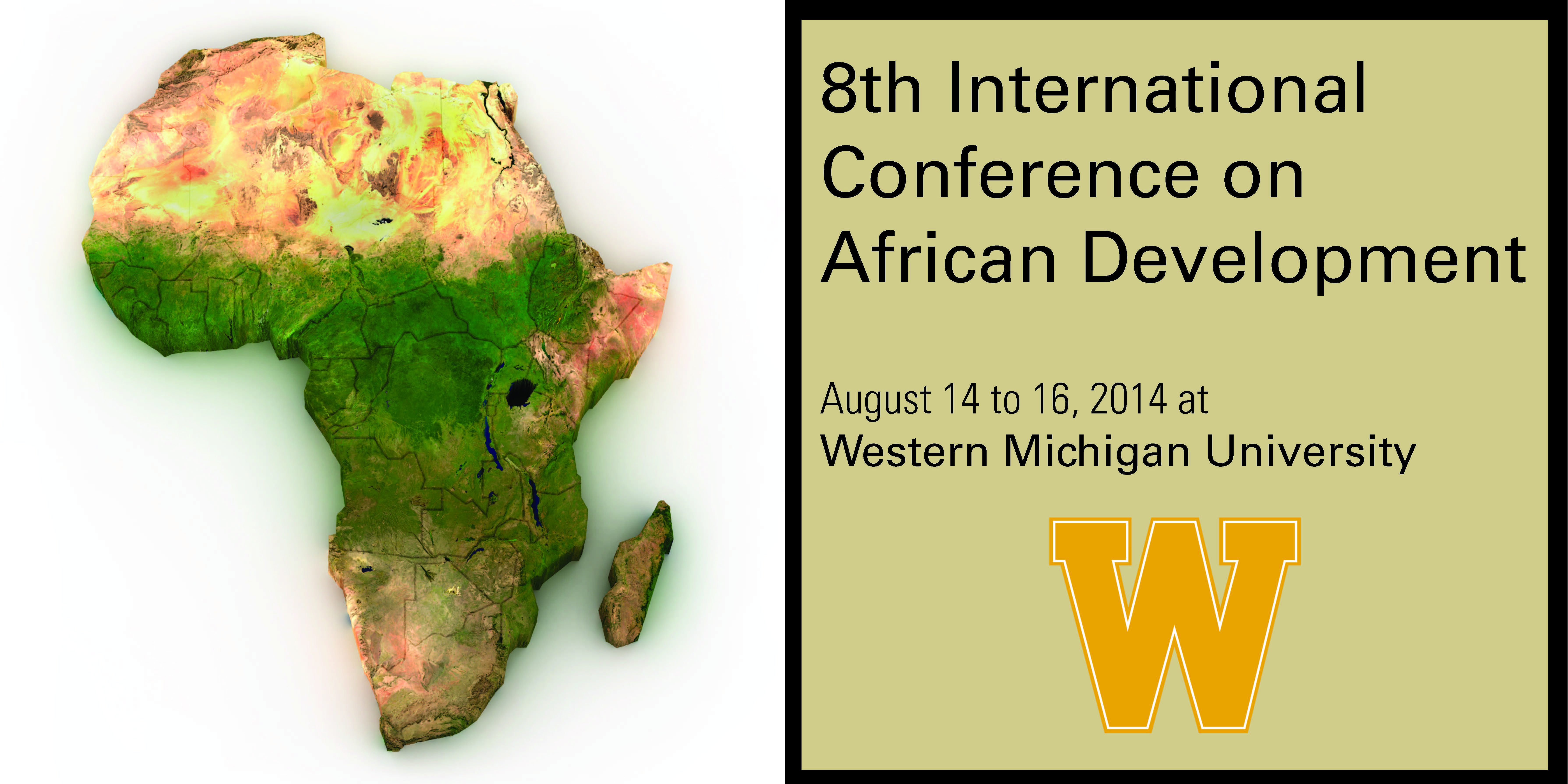
The Significance of Whole Grain Teff for Improving Nutrition: From Injera to Ready to Eat Porridge by Using Extrusion Cooking Technology
Presenter's country
South Africa
Start Date
16-8-2014 2:00 PM
End Date
16-8-2014 4:00 PM
Submission type
Presentation
Abstract
Teff (Eragrostis Tef) is a fascinating grain, ancient, minute in size, packed with nutrition and used for centuries as the principal ingredient of the Ethiopian population diet. The micro- and macronutrients level teff is apparently higher than that of barley, wheat and sorghum and the amino acid composition comparable to that of egg protein, except for its lower lysine content. In Ethiopia, it has been using as a staple food by making flat bread called Injera. However, nowadays teff is used as different products at the commercial level as macaroni and pasta but not as extruded ready-to-eat porridge. On the other hand, cowpeas (Vignaunguiculata (L) Walp) are widely available in developing countries and are inexpensive sources of protein, lysine and carbohydrate. Compositing of teff with cowpea will help to lower the cost and will compensate the lower lysine content of teff. The prevalence of nutritional disorders, both under and over nutrition in developing countries is becoming a risk to a wide number of diseases and health disorders as well as premature mortality. Nutritional disorders which result in stunting and/or obesity are known to negatively affect woman’s productivity and are associated with the excess death of mothers and children. Extrusion technology, which combines several unit operations including mixing, high temperature short time (HTST) cooking, kneading, shearing and forming is a suitable technology with lower processing cost used to prepare highly nutritive food products...
Keywords
Teff, nutrition, ready-to-eat
The Significance of Whole Grain Teff for Improving Nutrition: From Injera to Ready to Eat Porridge by Using Extrusion Cooking Technology
Teff (Eragrostis Tef) is a fascinating grain, ancient, minute in size, packed with nutrition and used for centuries as the principal ingredient of the Ethiopian population diet. The micro- and macronutrients level teff is apparently higher than that of barley, wheat and sorghum and the amino acid composition comparable to that of egg protein, except for its lower lysine content. In Ethiopia, it has been using as a staple food by making flat bread called Injera. However, nowadays teff is used as different products at the commercial level as macaroni and pasta but not as extruded ready-to-eat porridge. On the other hand, cowpeas (Vignaunguiculata (L) Walp) are widely available in developing countries and are inexpensive sources of protein, lysine and carbohydrate. Compositing of teff with cowpea will help to lower the cost and will compensate the lower lysine content of teff. The prevalence of nutritional disorders, both under and over nutrition in developing countries is becoming a risk to a wide number of diseases and health disorders as well as premature mortality. Nutritional disorders which result in stunting and/or obesity are known to negatively affect woman’s productivity and are associated with the excess death of mothers and children. Extrusion technology, which combines several unit operations including mixing, high temperature short time (HTST) cooking, kneading, shearing and forming is a suitable technology with lower processing cost used to prepare highly nutritive food products...

